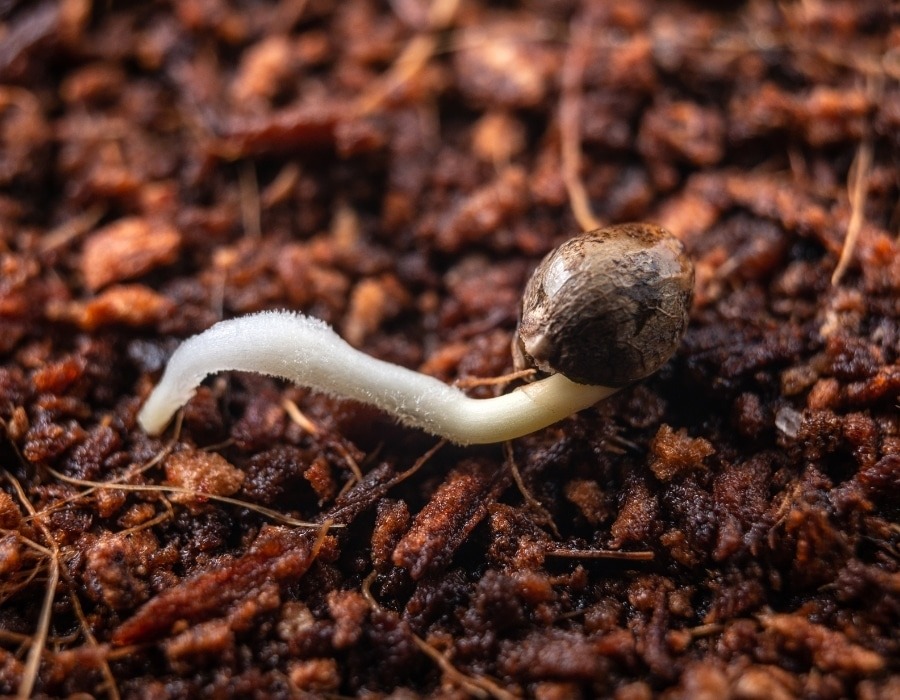Seeds help to protect plant embryos until optimal conditions for growth and development are met. This is the central idea behind germination. Marijuana plants can survive in challenging environments and migrate in the form of seeds around the globe, thanks to germination.
An excellent example of the viability of this process is Super Lemon Haze, the world-famous sativa cleverly bred by Arjan Roskam and his team using cuts of Super Silver Haze, the robust indica Northern Lights #5, 1970’s stalwarts Skunk #1 and Haze, and the well-travelled Lemon Skunk which made its way to Amsterdam via Las Vegas. All made possible by successful germination of seeds from different parts of the world and even across the decades!
Germination can be tricky and determined by variables that can be controlled, such as maintaining optimal conditions in as clean an environment as possible. Other variables can be out of the cultivator’s control, such as the health and age of the seed, sprouting time, and the conditions of the plant’s habitat, which informs the seed’s initial formation and quality. Keep in mind that even under the utmost care and using the best equipment, some seeds may still fail to germinate.
Principles of Germination
A batch of marijuana seeds of a single strain contains many expressions of the cannabis plant’s characteristics in each seed. These include growth vigour, terpene profile, cannabinoid concentration, resistance to pests and disease and whether or not it responds well to training that increases yields. The cultivator who selects desirable traits for their crop can continue growing those attributes into the future.
Cannabis seeds require moisture, stable, warm temperature and darkness in order to germinate. Absorption of moisture and oxygen in its surroundings will stimulate several key metabolic activities – chemical processes integral to maintaining life – such as cell division and enlargement, production of enzymes and growth hormones (among others). These determine the development of the embryo inside the seed into the first white root to emerge from the seed, known as the taproot.
A consistent temperature of between 22 and 25 Celsius (71 to 77 Fahrenheit) is ideal for the germination of cannabis seeds. The production of enzymes that break down the outside seed coat (allowing the taproot to break through) is significantly influenced by temperature and can be prevented from being produced if the temperature is too high or low. This principle can also be applied to a seed’s exposure to light, as too much light can deter germination processes.
When taproots have sprouted, and the seedlings are ready to be transplanted, make sure to plant them in their next containers at a shallow depth of 0.5-2.5cm. Furthermore, the most critical aspect of successful germination and keeping seedlings alive is making sure they have enough moisture. Regardless of the seedlings’ final planting media, it is vital that they are kept moist (but not saturated) throughout the entire process.
